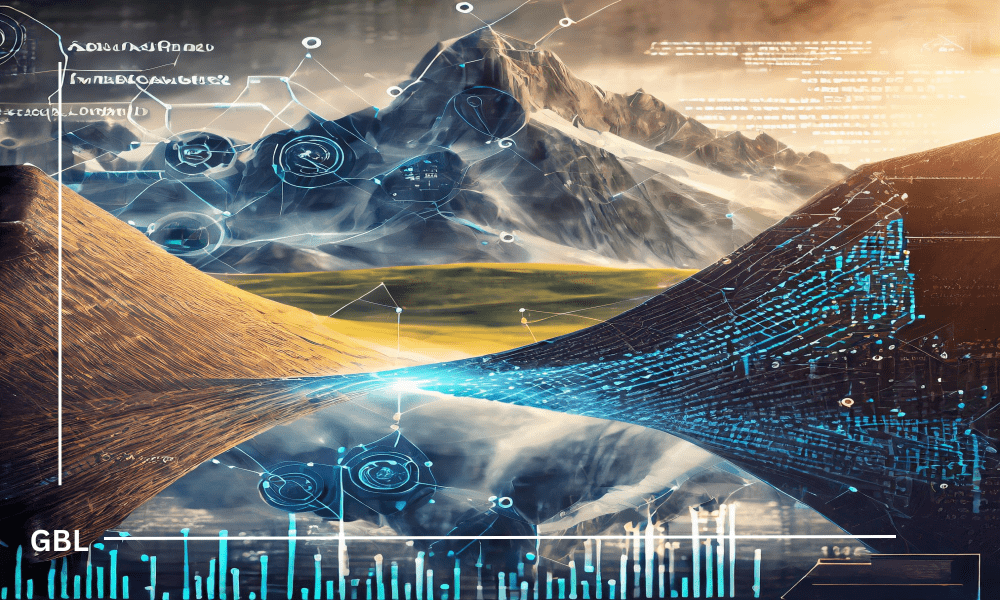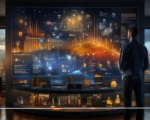In today’s fast-paced world, data is everywhere, but making sense of it can be a daunting task. Fortunately, data visualization tools are stepping in to bridge the gap between raw numbers and meaningful insights. These tools are not just about creating pretty charts; they’re about telling stories, revealing trends, and empowering individuals to make informed decisions based on data-driven evidence.
The Story Unfolds: Imagine being able to see trends in your sales figures unfold before your eyes or being able to track the spread of a disease in real-time. This is the power of data visualization. It takes abstract concepts and transforms them into tangible images that anyone can understand. Whether it’s a simple bar graph or an interactive dashboard, these visuals bring data to life in a way that words alone cannot.
Putting the Power in Your Hands: What sets modern data visualization tools apart is their accessibility. You no longer need to be a data scientist or a graphic designer to create compelling visuals. With intuitive interfaces and drag-and-drop functionality, anyone can quickly generate professional-looking charts and graphs. This democratization of data empowers individuals across all levels of an organization to explore and communicate insights effectively.
Seeing the Bigger Picture: One of the key benefits of data visualization is its ability to help us see the bigger picture. By presenting data in a visual format, these tools enable us to spot patterns, identify outliers, and understand complex relationships that might otherwise go unnoticed. Whether it’s analyzing customer behavior or optimizing supply chain logistics, data visualization allows us to gain a deeper understanding of the world around us.
Bringing People Together: In today’s interconnected world, collaboration is essential. Data visualization tools facilitate collaboration by allowing multiple users to work together on the same dataset in real-time. Whether it’s brainstorming ideas in a team meeting or presenting findings to stakeholders, these tools foster collaboration and drive collective decision-making based on shared insights.
Conclusion: Data visualization tools are more than just a technological innovation; they’re a catalyst for change. By making data accessible, understandable, and actionable, these tools are empowering individuals and organizations to unlock new opportunities, solve complex problems, and drive positive outcomes. As we continue to harness the power of data, the role of data visualization will only become more integral in shaping our understanding of the world around us.

















